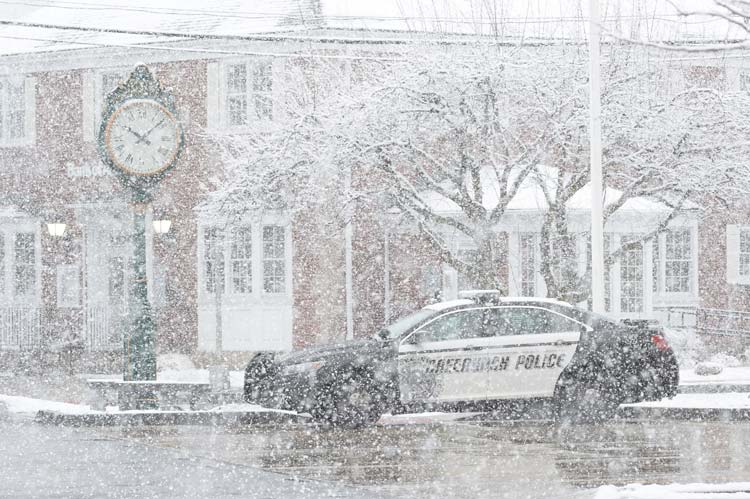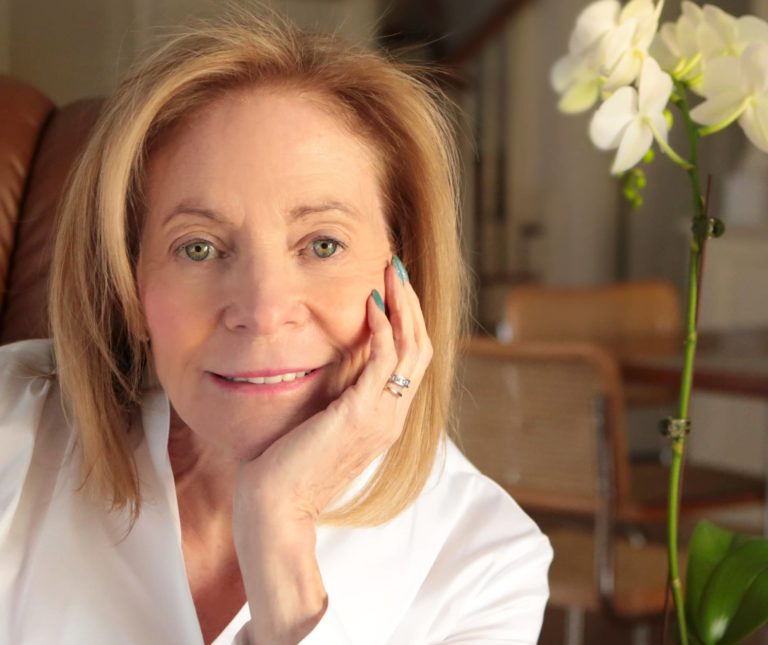By Eddie Lopez
The nurse asked the patient, “Would you like to see one of our chaplains?” One patient wondered, “Chaplain?” Another, “Who is that?” And still another, “Why would I need to see the chaplain, I have my own clergyperson?”
There are several chaplains at Greenwich Hospital. The Director of Spiritual Care, who also leads the Clinical Pastoral Education (CPE) Program, a basic training for chaplains after they complete their seminary. They also have a Roman Catholic priest on staff, who primarily cares for the Roman Catholic patients, the largest self-identified religious group at Greenwich Hospital. Then there is a chaplain that specializes meeting the needs of the oncology patients. And there is a rabbi on staff. She attends to the spiritual needs of the Jewish population. In addition, she did additional training beyond CPE to specialize in palliative care and works with that clinical team. Most people do not realize the extent of training that these men and woman go through before they become certified chaplains. There are several different routes, and all are extensive.
For example, a Roman Catholic priest has to have a degree in Philosophy and Theology and basic training before being ordained. Then he would need to complete four units of CPE. This can be done in four extended units, or one extended unit and a full-year residency program. Each unit involves 100 hours of classes and 300 hours of clinical work with patients, families and the interdisciplinary team in an assigned unit. Clinical Pastoral Education takes place in a hospital setting, under the supervision of an ACPE Certificated Educator.
Unlike the patient’s own clergyperson, a chaplain is a member of the patient’s interdisciplinary team of care after being hospitalized. A chaplain works alongside the physician, nurse, case nurse manager or social worker to ensure that a patient is seen as a whole person. The team needs to keep in mind that along with the need for medical care of a patient’s body they must also consider the care of a patient’s mind, emotion, spirit, cultural and relational needs. The needs of a patient are met by staff, family and friends alike, and the chaplain’s role is to ensure that they are being addressed appropriately.
A chaplain makes an assessment of the patient’s needs as most other clinicians. What is the mood of the patient? What are the expectations that this patient has during this hospitalization as well as post-hospitalization? How is the patient being supported by family, friends, or a community of faith? What are some of the cultural realities for the patient? For example, many times there are trust issues related to the clinical care team due to cultural differences. After exploring these issues, the chaplain engages both the patient, family and staff to offer interventions that may facilitate the resolution of any conflict that may arise. A chaplain may offer staff helpful information for the well-being of the patient. The chaplain may work to build trust between patient, family and staff. In some cases the chaplain may need to work with the patient or the patient’s family to redefine goals. Chaplains may help patients re-define healing, not only as cure but as peaceful coming to terms with a new baseline of health or an adjustment with coming to terms with death. Many people see chaplains’ duties limited to prayer, sacraments or rituals. While this may be part of a chaplain’s job description, it is a very small part of what most chaplains do.




